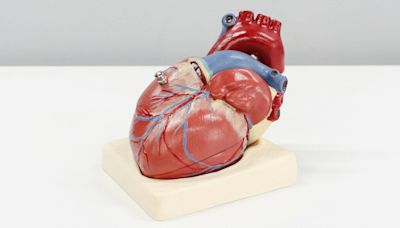搜尋結果
Omega−3 fatty acids, also called Omega−3 oils, ω−3 fatty acids, Ω-3 Fatty acids or n−3 fatty acids, are polyunsaturated fatty acids (PUFAs) characterized by the presence of a double bond, three atoms away from the terminal methyl group in their chemical
Health. History. See also. References. α-Linolenic acid, also known as alpha-linolenic acid ( ALA) (from Greek alpha meaning "first" and linon meaning flax ), is an n −3, or omega-3, essential fatty acid. ALA is found in many seeds and oils, including flaxseed, walnuts, chia, hemp, and many common vegetable oils .
For example, α-linolenic acid is classified as a n−3 or omega-3 fatty acid, and so it is likely to share a biosynthetic pathway with other compounds of this type. The ω− x , omega- x , or "omega" notation is common in popular nutritional literature, but IUPAC has deprecated it in favor of n − x notation in technical documents ...
Only two fatty acids are known to be essential for humans: alpha-linolenic acid (an omega-3 fatty acid) and linoleic acid (an omega-6 fatty acid ). These are supplied to the body either as the free fatty acid, or more commonly as some glyceride derivative. [3] Deficiency in these fatty acids is rare.
Omega-3 fatty acids, also called ω−3 fatty acids or n−3 fatty acids, are polyunsaturated fatty acids (PUFAs). Omega−3 fatty acids are important for normal metabolism.
Omega-3-acid ethyl esters are a mixture of ethyl eicosapentaenoic acid and ethyl docosahexaenoic acid, which are ethyl esters of the omega-3 fatty acids eicosapentaenoic acid (EPA) and docosahexaenoic acid (DHA) found in fish oil.
Fish oils contain the omega-3 fatty acids eicosapentaenoic acid (EPA) and docosahexaenoic acid (DHA), precursors of certain eicosanoids that are known to reduce inflammation in the body and improve hypertriglyceridemia.




